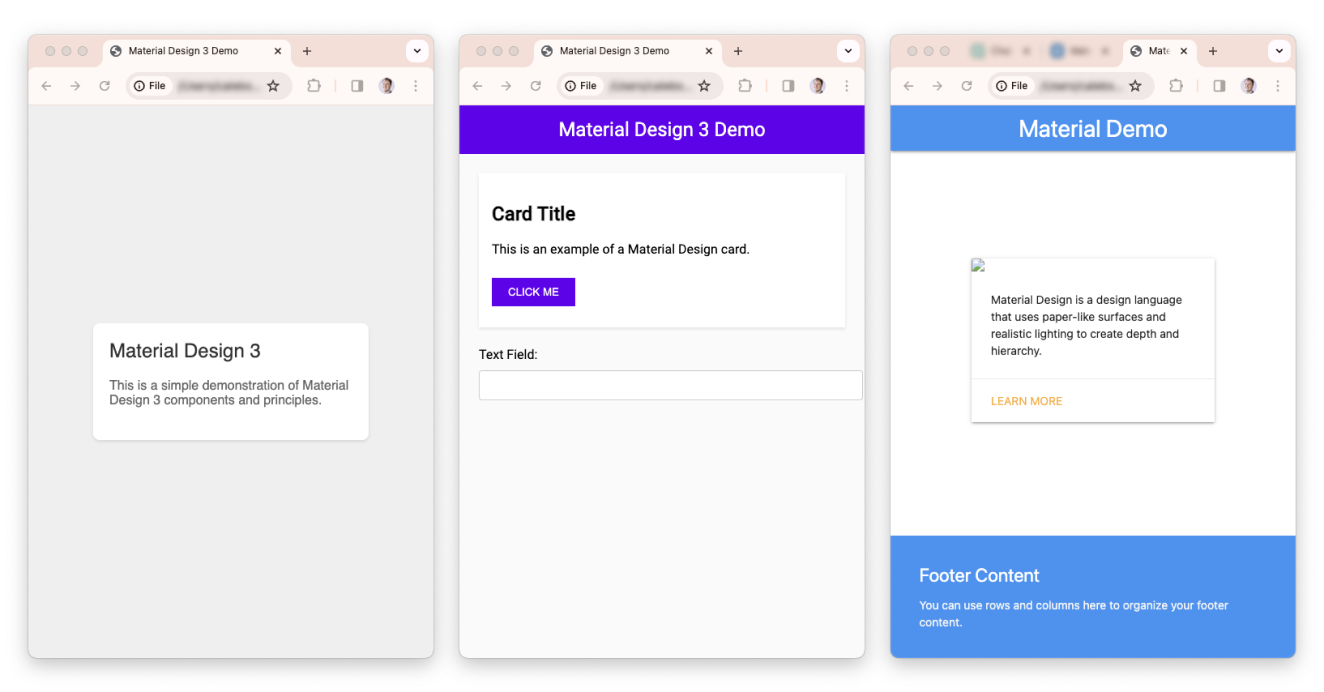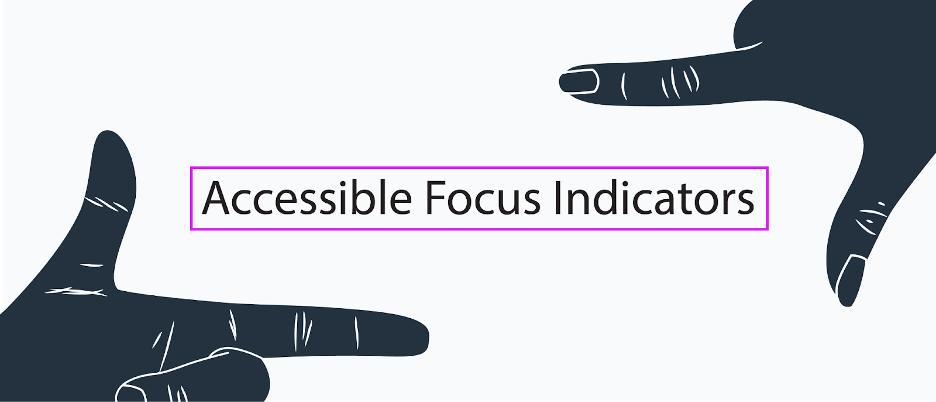In reading Joe Dolson’s recent piece on the intersection of AI and accessibility, I absolutely appreciated the skepticism that he has for AI in general as well as for the ways that many have been using it. In fact, I’m very skeptical of AI myself, despite my role at Microsoft as an accessibility innovation strategist… Continue reading Opportunities for AI in Accessibility
Tag: data
The rise of Generative AI-driven design patterns
[unable to retrieve full-text content] How Generative AI advances are helping shape the future of feature design, from enhancing content interaction to more informed decision-making Order among chaos (Credit: Dall-E) The ChatGPT revolution has been unfolding for over a year now. While the specific chatbot may not represent a seismic technical shift, the profound change in… Continue reading The rise of Generative AI-driven design patterns
Unlock the Magic of UX Research
As a UX researcher with a background in anthropology, I’m guilty of taking for granted the value of doing UX research to inform good design. When your worldview – your entire way of thinking and seeing the world – has been shaped by social science, it’s continually shocking to be reminded that not everyone automatically… Continue reading Unlock the Magic of UX Research
13 Top Great Question Alternatives & Competitors in 2024
Finding the best user testing platform is more challenging than it sounds. There are many existing giants and rising stars in the market. One of them is Great Question. But, if you’ve clicked this article, it means Great Question may not be the best tool for your needs. That’s why we’ve listed… Continue reading 13 Top Great Question Alternatives & Competitors in 2024
AI UX-Design Tools Are Not Ready for Primetime: Status Update
Summary: Our research and evaluation shows that there are currently few design-specific AI tools that meaningfully enhance UX design workflows. AI tools won’t be replacing UX designers any time soon. Currently available LLM-based tools are not shortcutting steps in the design process just yet. Our Study There’s so much marketing hype around AI that it’s… Continue reading AI UX-Design Tools Are Not Ready for Primetime: Status Update
15 Awesome Tools & Resources for Designers and Agencies for 2024
Have you been searching for the best web design tools to suit your needs involve only to find that each “promising” tool or resource you come across turns out to be little different from one or more of its competitors? Do the results of your efforts leave you with a feeling of déjà vu, a… Continue reading 15 Awesome Tools & Resources for Designers and Agencies for 2024
The GenAI Compass: a UX framework to design generative AI experiences
[unable to retrieve full-text content] Patterns for implementing human-centric design thinking and UX to GenAI Generative AI is reshaping the landscape of design, ushering us into an era where deeply individualized user experiences become the norm. Personalization reaches beyond the tailored, transcending into the realm of the deeply individualized, fostering one-on-one connections at scale — true hyper-personalization. I’m… Continue reading The GenAI Compass: a UX framework to design generative AI experiences
The power of beauty in communicating complex ideas
Can we defend pursuing beauty when communicating science or innovation? When creating visuals to explain complex ideas, cutting edge innovations or new scientific research we often focus on the images’ ability to carry information. But data visualization, infographics or even schematics have a hidden power we rarely discuss: beauty. Obviously not all images are beautiful. As… Continue reading The power of beauty in communicating complex ideas
Rock Solid WordPress Security: Keeping Your Business Safe
Development By Simon Sterne Today WordPress is the web’s favourite CMS (content management system), renowned for its low-entry level and vast array of themes and plugins. WordPress’s open-source nature allows for endless flexibility, catering to diverse needs and technical skills. Unfortunately, 10,950,000 websites are hacked yearly, and 4,708,500 of those belong to small businesses. WordPress’s… Continue reading Rock Solid WordPress Security: Keeping Your Business Safe
Good design is subjective, contextual, and intentional
Urban planners have been designing for human experiences for nearly 200 years, and UI/UX designers can learn from this. Examples of The Chicago School of Architecture | Photo Credit: Tom Seiple When I finished my graduate degree, I was lucky to find my first job in Chicago. From a very early age, I had always hoped to… Continue reading Good design is subjective, contextual, and intentional
Design Systems Teams: Understand Your Users So They Can Serve Theirs
Welcome to the next edition of my Design Strategy blog series. Today, I’ll be sharing a story from some recent client visits that will help y’all recognize WHY you should do things differently to mature and scale your digital accessibility program quickly. I will once again skip the “how-to” dry laundry lists of tactical “do… Continue reading Design Systems Teams: Understand Your Users So They Can Serve Theirs
3 Common Color Accessibility Issues One Can Easily Avoid
Color is often used to evoke emotions and emphasis. That’s one of the reasons why designers see color as an important element in their work. Colors communicate messages on both psychological and visual level. The importance of color is undeniable, but is basing the message solely on color the right thing to do? This post… Continue reading 3 Common Color Accessibility Issues One Can Easily Avoid
Name/Role/Value – Whose Role Is It Anyway?
Welcome to the next edition of my Design Strategy blog series. Today, I’m sharing a client story with the hope that y’all will focus on thinking about WHY you should do things differently so that your program can rapidly mature and scale quickly. I will once again skip the “how-to” article formula and dry laundry… Continue reading Name/Role/Value – Whose Role Is It Anyway?
The extended designer, and the design machine
The Extended Designer spends less time making products, and more time making progress. The Extended Designer spends less time making products, and more time making progress. 2023 has been Generative AI’s breakout year, but that has been greeted by some fairly mixed responses, particularly from Designers. As the terrain we all live on reconfigures around… Continue reading The extended designer, and the design machine
Designing safe and trustworthy AI systems
Designing for safe and trustworthy AI Why human oversight to make up for AI errors doesn’t work and what we can do instead Illustration created by Cara Storath in Midjourney As much as AI is powerful, in some cases it can be misleading or wrong. A realization that came too late to a New York lawyer,… Continue reading Designing safe and trustworthy AI systems
Give Your Site Some Focus! Tips for Designing Useful and Usable Focus Indicators
What Are Focus Indicators? Have you ever noticed the blue outlines that sometimes show up around buttons or form fields? What about when you click on a menu item? Have you ever tried to make those outlines disappear? Here’s a hint: by default, browsers use the :focus css pseudo class to give outlines to form… Continue reading Give Your Site Some Focus! Tips for Designing Useful and Usable Focus Indicators
Risk tolerance: why some countries prefer more complex UIs
An analysis of Uncertainty Avoidance and Amazon’s website in various countries Photo by Nathan Dumlao on Unsplash What do Switzerland, the US, Sweden, the UK, and the Netherlands have in common? They are all rich, protestant, relatively cold countries where a big part of the population consists of (former) immigrants. They also form the top 5 of… Continue reading Risk tolerance: why some countries prefer more complex UIs
How Serious Is Your Design Practice About Learning?
Today I’m sharing a strategic approach that enables your design practice to learn more from the accessibility-related data you already have. I will again skip the “how to” article formula and dry laundry lists of tactical “do this/don’t do that” mechanics. Instead, I’ll focus on helping you think about WHY you should do things differently… Continue reading How Serious Is Your Design Practice About Learning?
Design for meaningful outcomes
Aim for quality outcomes, not just outputs — that’s how we can drive customer and business value! Designing for outcomes enables us to focus on customer needs and meaningful business results. “Start with the customer experience and work backwards to the technology,” Steve Jobs once said. To write a compelling story, start with the ending as a meaningful destination.… Continue reading Design for meaningful outcomes
The data delivery checklist: principles to design data products
We have flagged selling energy to the grid for the first time as not available for a direct user of Tesla and crypto. Being available is one of the five principles in the Data Delivery Checklist. Where does an end-user fit into this? For the issue Bard has given us, let’s imagine a new smart… Continue reading The data delivery checklist: principles to design data products
Unveiling the experience wheel of true fortune
Our tendency to focus on negative experiences has prevented us from recognizing and seizing the opportunities of another loop. This is better known as the flywheel effect, and the key ingredient is how success can be replicated through a series of logical but effective steps until it links as a chain. (Image source: Neil Webb) Would… Continue reading Unveiling the experience wheel of true fortune
How you can create non-obvious UX research insights
6 tips to sidestep “we already knew it” feedback on a research report Image on https://www.nirandfar.com/hindsight-bias/ Every UX researcher wonders how they can create amazing insights that go beyond expectations and elicit a ‘wow!’ reaction from their audience. Despite conducting numerous rounds of interviews, sometimes our research reports can seem too plain and bland if they… Continue reading How you can create non-obvious UX research insights
Words: the new data commodity
The AI and LLM industry is changing and developing rapidly. How will the industry move forward, become regulated and adjust to this new reality of words as a commodity? We’re starting a new chapter of data commodification through access to and the commodification of words. In a yet unregulated space, product teams need to self-regulate… Continue reading Words: the new data commodity
How to Optimize UX Design for Screen Readers
Achieving digital accessibility and optimizing your platform for screen readers, can be a strategic decision with multifaceted benefits. Not only does it reflect empathy and inclusivity for visually impaired users, but it also potentially expands your audience and the reach of your message. Let’s delve into the importance of UX design for screen readers, practical… Continue reading How to Optimize UX Design for Screen Readers








